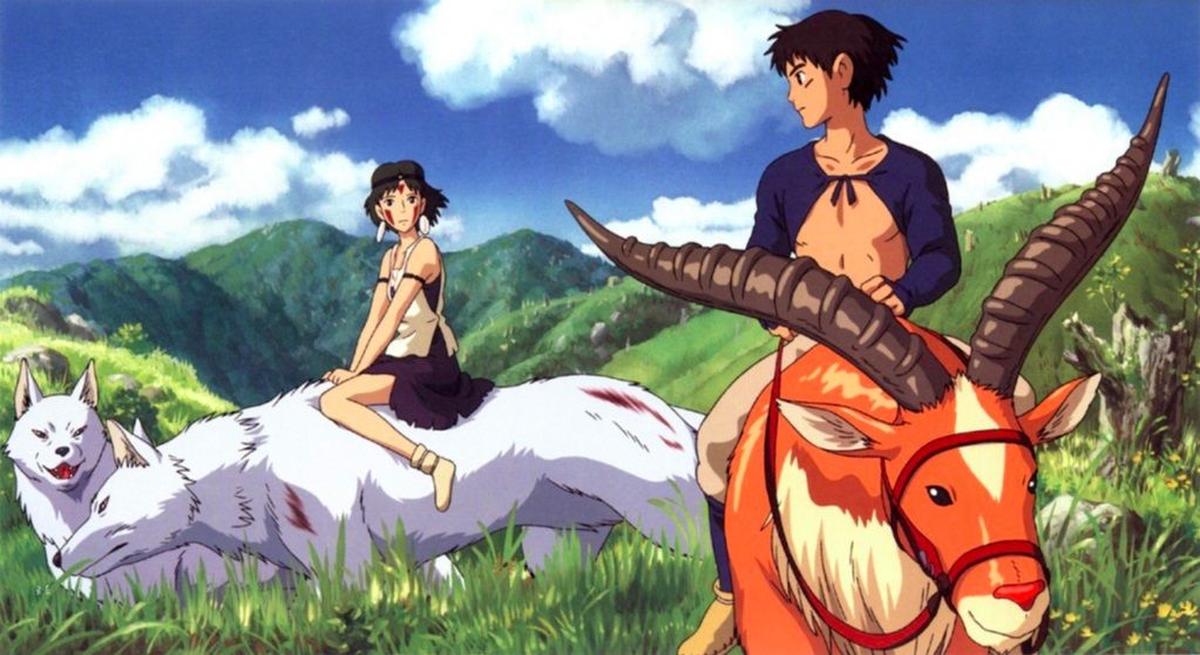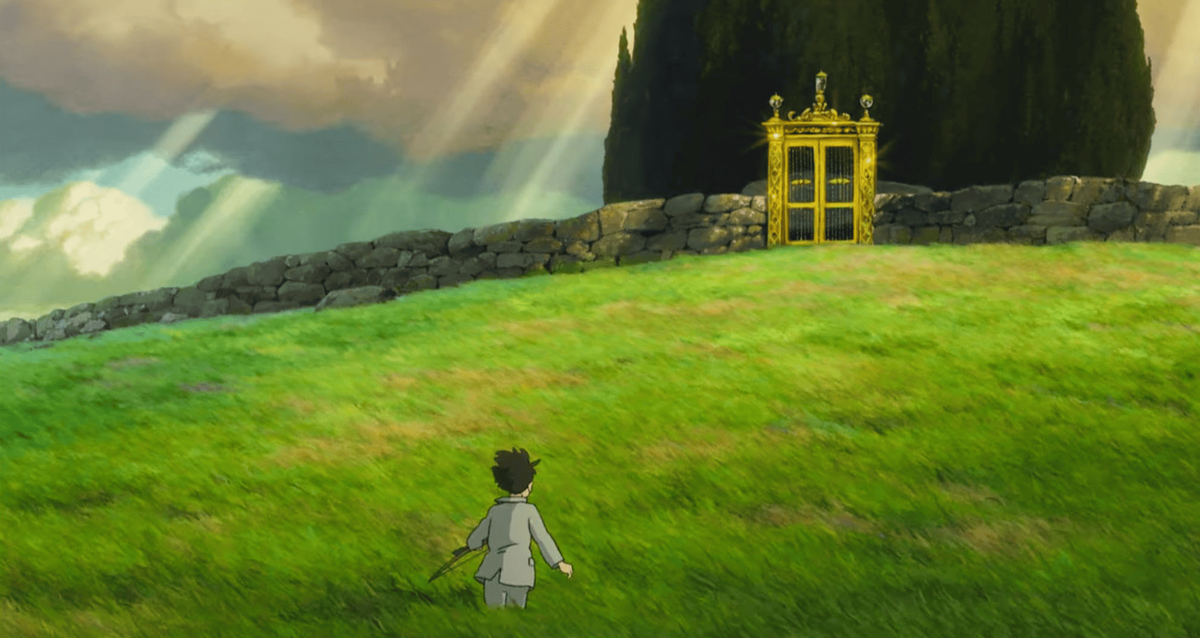Hayao Miyazaki Creative genius, Magsaysay Award winner
Masterfully carved drawings are transformed into a lovely realm of color and character: Studio Ghibli is well known to those who are well versed in the art of filmmaking and especially anime. Such as Hayao Miyazaki, the man behind some of the studio’s most beloved films and one of its co-founders.
Now Miyazaki has added another award to his illustrious collection — the prestigious Ramon Magsaysay Award, commonly referred to as Asia’s Nobel Prize.

In announcing the award, Ramon Magsaysay was quoted as saying that Miyazaki “used art to help children understand complex issues such as environmental protection and the promotion of peace. He has created many of the world’s most memorable and beloved films.
We take a look at Miyazaki’s journey to becoming a beloved and acclaimed animator.
original story
Hayao Miyazaki was born on January 5, 1941, in Tokyo, the son of the director of an aircraft parts-manufacturing company. This family business sparked the young Miyazaki’s interest in airplanes that continued throughout his life and work.
He studied at Tokyo’s Gakushuin University, earning a bachelor’s degree in economics. In 1963, he joined Toei Animation, then Asia’s largest animated film producer. It was here, Toei, that he met and befriended Isao Takahata, who later became his business partner. He also met Ota Akemi, who later became his wife.

Toei created feature-length animated films for the big screen and later television. Their work included the 1974 series Heidi, Girl of the Alps, produced by Zuyo, directed by Takahata, and with a screenplay by Miyazaki. They also worked in the series Okami listens to Ken (Wolf Boy Ken), and Taiyo no Oji: Horusu no Daiboken (The Little Norse Prince) which marked Takahata’s directorial debut.
Miyazaki and Takahata left Toei in 1971, and the pair continued to work in studios across the city. In 1979, Miyazaki released his first feature-length film Rupan Sensei: Kariosutoro na Shiro (1979; Lupine III: The Castle of Cagliostro), which follows the adventures of the gentleman thief Lupine.
In 1985, Miyazaki founded Studio Ghibli with Takahata and producer Toshio Suzuki. The studio’s aim was to create animation films that broke away from the tropes of the time. Exploration of the human psyche, storytelling and creativity were the cornerstones of their work.

Miyazaki chose ‘Ghibli’ as the name for this new venture, a word that means the hot air blowing in the Sahara desert. According to lore, the name was used for an Italian reconnaissance plane deployed in World War II, where Miyazaki, an aviation enthusiast, saw it and decided to use it for the new studio.
The studio was formed soon after the trio’s first venture Nausicaä of the Valley of the Wind A has been successful; It was based on a manga of the same name published by Miyazaki and created by Tokuma Shoten.
On the heels of this success, Studio Ghibli was released Laputa: Castle in the Sky In 1968, again produced by Tokuma Shoten. The film’s narrative follows an orphaned farm boy and a girl as they explore the mysterious kingdom of Laputa.

A still from ‘My Neighbor Totoro’
In 1988, Miyazaki created one of his most popular works – My Neighbor Totoro, Where a pair of sisters in rural Japan befriend a mythical forest spirit. He follows it Kiki’s delivery service (1989), the coming-of-age journey of a young witch and Porco Rosso (1992), in which a pilot is now cursed to bear the face of a pig.
Besides Miyazaki, Isao Takahata has also directed several notable films – such as Heartbreaker Grave of the Fireflies (1988).
of 1997 Princess Mononoke, which weaved a poignant narrative about nature and human progress, inspired by the Japanese tree called kodama, became a blockbuster. More success awaits; 2001 film Spirited away Won the Academy Award for Best Animated Feature in 2003 – the first non-English language film to do so. following in his footsteps, Howl’s Moving Castle (2004) was also nominated for an Academy Award. Miyazaki also wrote the screenplay for it The Secret World of Arrietty (2010).

A still from ‘Princess Mononoke’
In 2013, Studio Ghibli was released the wind rises a story about Japanese fighter plane designer Horikoshi Jiro, based on one of Miyazaki’s manga; It was also nominated for an Academy Award. In 2015, Miyazaki was also given an honorary Oscar for lifetime achievement.
The Wind Rises It will be Miyazaki’s last film, he said in announcing his retirement. However, in 2016, he announced that a short-film venture — Don’t worry (Boro The Caterpillar) — will be made into a feature-length film.

A still from ‘The Boy and the Heron’
After taking a hiatus of more than 10 years, Miyazaki returned to the studioThe Boy and the Heronwhich released last year to worldwide acclaim. Each frame was painted by hand, the film was painstakingly developed over seven years. It tells the story of a young boy, grieving the loss of his mother, who is persuaded by a heron to enter a tower that leads to a realm inhabited by both the living and the dead.

The film, famous for its bittersweet tena, won the Golden Globe, BAFTA and Academy Awards earlier this year.
What is Ramon Magsaysay Award?
Ramon Magsaysay AwardConsidered one of Asia’s top honours, the award is in recognition of “greatness of spirit shown in selfless service to the people of Asia”.
The award was established in 1957 by the Trustees of the Rockefeller Brothers Fund in honor of the late President of the Philippines, Ramon Magsaysay. It was first awarded in 1958. As of 2008, it was awarded in six categories: public service, public service, community leadership, peace and international understanding; Emerging leadership and journalism, literature, and creative communication industries. Except for Emerging Leadership, all other categories have now been closed.
So far, 322 individuals and 26 organizations from 22 Asian countries have been awarded the Ramon Magsaysay Prize. Artists from various fields including Indian filmmaker Satyajit Roy, Carnatic classical vocalist MS Subbalakshmi and Filipino musician Raymundo Pujante Kayabab have won the award. Journalists Ravish Kumar (2019) and Arun Shourie (1982), Bengali writer Mahasweta Devi and cartoonist RK Laxman have also won the award in the past.
Other awardees this year are Phuntsho Karma of Bhutan, a former Buddhist monk, scholar and social activist; Vietnamese doctor Nguyen Thi Ngoc Phuong, who runs the Vietnam Association of Victims of Agent Orange/Dioxin (VAVA); Indonesia’s Farhan Farwiza, conservationist-founder of Yasan Hutan Alam Dan Linkungan Aceh (HAkA), dedicated to conserving the Leusa ecosystem; and the rural doctor movement from Thailand.
The 2024 awardees will be honored at a ceremony in Manila this November.



